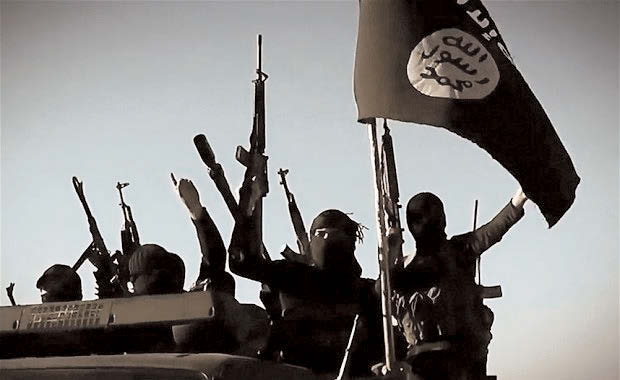
BEIRUT (TIP): International inspectors have so far visited three sites linked to Syria‘s chemical weapons program, a spokesman said on Thursday, as the team races to destroy the country’s stockpile and delivery systems amid a raging civil war. Underscoring the complexity of the mission, a regime warplane bombed the rebel-held town of Safira, an activist group said. A regimecontrolled military complex believed to include chemical weapons facilities is located near the town. The inspectors are to visit more than 20 sites around the country as part of the disarmament mission. The facilities they inspected in the past 10 days have been in government-held areas, making them fairly easy to reach, said Michael Luhan, spokesman for the Organization for the Prohibition of Chemical Weapons. Operating on rare consensus, the UN has mandated the OPCW to rid Syria of its stockpile by mid-2014 — the tightest deadline ever given to the OPCW.
It’s also the first conducted amid ongoing fighting. Syria’s conflict, which erupted in March 2011, pits disorganized armed rebels against forces loyal to the regime of Bashar Assad. At some point, the 27-member team may have to cross rebel-held territory to reach other locations linked to Syria’s chemical weapons program. The UN hopes to organize ceasefires between rebels and government forces to ensure safe passage. Shifting front lines crisscross the country, divided into a patchwork of rebel- and regime-held areas. The UN security council met late on Thursday to discuss detailed recommendations made by secretarygeneral Ban Ki-moon on how to destroy Syria’s chemical weapons. France‘s UN ambassador Gerard Araud and Russia‘s UN ambassador Vitaly Churkin said after the closed consultations that the 15 council members decided to authorize the plan proposed by Ban in a letter — not a resolution. In his 11-page letter to the council on Monday, Ban proposed that a joint mission be established by the UN and the OPCW, with a total staff of approximately 100, to carry out what he described as a dangerous and unprecedented operation. A US-Russia agreement launched a flurry of diplomatic moves leading to the security council resolution ordering the destruction of Syria’s chemical weapons, precursors, and the equipment to produce the deadly agents.
A regime warplane struck the town of Safira, killing at least 16 people, according to the Britain-based Syrian Observatory for Human Rights, which obtains its information through a network of activists on the ground. The group did not know what was hit. Amateur video said to show the aftermath of the Safira airstrike was posted online later on Thursday. The video showed men and boys hauling a blanket filled with body parts onto a jeep where another two charred bodies already lay. “Who is this?” one man can be heard asking. “By God, we don’t know brother,” another responded. The video also showed twisted metal, blood splattered on the floor and smashed concrete in the area of the strike. Safira is southeast of the heavily contested city of Aleppo, Syria’s largest. The military complex near the town is believed to include an underground facility for chemical weapons production and storage, said Amy Smithson, a chemical weapons expert at the Center for Nonproliferation Studies, a US-based thinktank. The Observatory said six people were killed in another airstrike, near the town of Manbij, also in the area. In Aleppo, six people were killed by rebel fire, the official Syrian news agency SANA said. Clashes also broke out between al- Qaida fighters from a group calling itself the Islamic State in Iraq and the Levant and Kurdish rebels in the northern border town of Azaz, the Observatory reported.



Be the first to comment